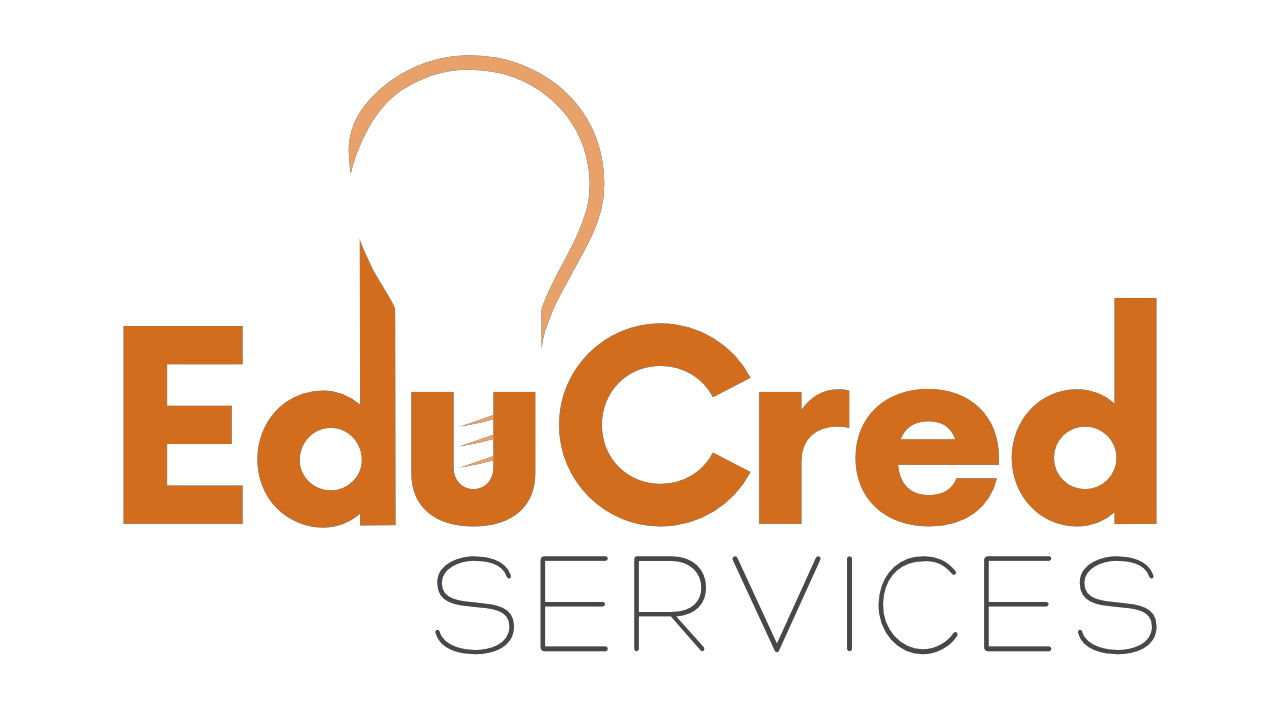Higher Ed in 2025: Thriving Through Strategic Adaptation
If the past few years have taught us anything (and I sure hope that they have), it’s that higher education lives in a state of flux. Institutions have navigated pandemic disruptions, shifting student expectations, and regulatory overhauls—and while 2024 brought its own share of challenges and lessons, 2025 looms with even more uncertainty. What will change? When will it change? How can institutions prepare for what they can’t predict?
Here’s a hard truth: there’s no roadmap for 2025. The unknown higher education landscape makes it hard for anyone to map out potential twists and turns. But that doesn’t mean institutions can’t plan ahead. Instead, sustainability will be driven by focusing on the foundational priorities that matter in any context: state licensure, accreditation, strategic planning, institutional effectiveness, and adaptability. Whether your institution is facing seismic changes or smaller shifts, here’s what you’ll need to focus on to thrive in the year ahead.
Accreditation: Continuous Improvement Over Compliance
Accreditation often feels like a compliance checklist—and, indeed, some institutions treat it as such—but it can and should be more. It’s not just about satisfying reviewers; it’s about building trust with students, stakeholders, and the public. Even if every accrediting body disappeared tomorrow (they won’t, but humor us), the principles at the heart of accreditation remain valuable. The processes that accreditors evaluate—like self-assessment, documentation, and stakeholder engagement—are not just hoops to jump through. They are the foundation of institutional excellence. These practices are about more than a stamp of quality; they build stronger, more accountable institutions that deliver better outcomes for students.
Focus Areas for 2025: Your Best Defense Against Uncertainty
Self-Assessment: In a world of unknowns, regular self-assessment ensures your institution remains aligned with its mission and prepared to pivot when necessary. Don’t wait for an accreditation review to evaluate your programs and processes—continuous self-assessment strengthens a foundation of resilience and adaptability.
Documentation: Clear, consistent records are more than a requirement; they’re your safety net in uncertain times. Treat documentation as a living narrative of your institution’s achievements, ready to support everything from internal audits to sudden regulatory shifts.
Stakeholder Engagement: Bringing faculty, staff, and students into the conversation strengthens your institution’s ability to adapt. When everyone understands their role and shares a commitment to improvement, you create a collaborative culture that thrives under any circumstances.
State Licensure: Avoiding Regulatory Whiplash
State licensure can feel like a moving target, with new requirements emerging as legislatures respond to evolving educational needs and political climates. These changes ripple across institutional operations, affecting everything from program design to faculty qualifications. While it’s impossible to predict every shift, a proactive approach to licensure is your best defense against surprises. Institutions that stay ahead of the curve and build adaptability into their processes will be better equipped to handle whatever regulatory challenges the future brings.
Focus Areas for 2025: Your Safeguard Against Regulatory Whiplash
Monitor Updates: Keep a pulse on regulatory changes by subscribing to alerts, attending agency webinars, and fostering strong relationships with state officials. Staying informed allows you to anticipate changes and act swiftly when they arise.
Create Addendums: Operating in multiple states can amplify licensure complexity. Develop clear, state-specific licensure policies that address varying requirements, and use addendums to streamline compliance while ensuring clarity for students and staff.
Annual (or Semi-Annual) Licensure Audits: Conduct regular reviews of all programs to ensure ongoing compliance. These proactive audits minimize the risk of scrambling to meet new requirements and provide a clear path forward when regulations evolve unexpectedly.
Strategic Planning: Building Agility into Your Roadmap
Strategic planning can feel overwhelming, especially when the future seems uncertain. But here’s the thing: even when the road ahead is unpredictable, a solid, flexible plan can keep you on track. Think of it like a long road trip—just because your directions don’t specifically list every bathroom break doesn’t mean you’ll never stop. Adjusting to what comes up along the way doesn’t derail your journey; it helps you get where you’re going comfortably and efficiently.
In 2025, strategic planning isn’t just about big dreams and rigid goals. It’s about creating a roadmap that lets you adapt when something unexpected happens, whether it’s a detour or a much-needed pit stop. With the right mix of focus and flexibility, your plan becomes more than just a guide—it’s your institution’s best tool for navigating whatever lies ahead.
Focus Areas for 2025: Your Guide to Staying on Track
SWOT Analysis: Every great road trip starts with knowing what you’ve got to work with. Identify your institution’s strengths, weaknesses, opportunities, and threats to get a clear picture of where you stand. It’s the perfect tool to help you set realistic priorities.
Mission Alignment: Make sure every turn you take leads back to your institution’s core mission. It’s like sticking to your route—keeping your eyes on what matters ensures you don’t waste time or resources on side trips that don’t align with your goals.
Dynamic Goals: Plans should evolve as you go. Set short-term benchmarks that allow for adjustments and treat your strategic plan like a living document. Quarterly reviews let you tweak the details without losing sight of the bigger journey. Flexibility doesn’t mean chaos—it just means you’re ready for whatever comes next.
Institutional Effectiveness: Metrics That Matter
Numbers don’t lie—but they don’t always tell the full story either, and it’s never been more important to have the full story. The key to institutional effectiveness is tracking metrics that reveal what you need to know, not just what you want to hear. Institutional effectiveness is like the dashboard in your car—it’s essential for staying agile and responding to unexpected changes. Imagine you’re on your long road trip and the bridge you planned to take is flooded. You’ll need to take a longer route, but before you make that turn, you better know how much gas is in the tank or if your tire pressure is low. Tracking the right metrics ensures that you’re equipped to handle detours and adjust your route without getting stranded. It’s not about looking at numbers that make you feel good—it’s about having the critical information you need to keep moving forward, no matter what obstacles arise.
Institutional effectiveness metrics should challenge your assumptions, highlight areas for growth, and provide a realistic view of your institution’s strengths and weaknesses. Institutional effectiveness is about turning that data into actionable insights that drive meaningful decisions.
Focus Areas for 2025: Your Dashboard for Informed Action
Choose Metrics That Matter: Don’t just track numbers that make you look good—focus on data that gives you actionable insights. For example, overall graduation rates might look strong, but breaking them down by program could reveal areas where specific groups of students are struggling. Without digging deeper, you might miss critical opportunities to improve outcomes for those who need it most, or to fix programs that really need attention.
Invest in Usable Dashboards: Use tools that make metrics easy to understand and share. A well-designed dashboard doesn’t just display data; it helps you identify trends, track progress, and communicate findings effectively across departments.
Engage Stakeholders with Transparency: Share insights with faculty, staff, and leadership to create a culture of shared responsibility for improvement. When everyone has access to the right information, your institution can respond to challenges collaboratively and efficiently.
The future may be uncertain, but that doesn’t mean your institution has to face it unprepared. By focusing on foundational priorities—accreditation, state licensure, strategic planning, and institutional effectiveness—you’ll be positioned to tackle whatever challenges come your way. These aren’t just checkboxes for compliance; they’re the building blocks of resilience, innovation, and institutional excellence. Navigating these priorities may feel daunting, but you don’t have to do it alone. Educational consultants (like us!) specialize in helping institutions align their operations, address compliance needs, and develop strategies that prepare you for the future. Whether you need guidance in refining your metrics, strengthening your licensure efforts, or mapping out a strategic plan, we’re here to help.
2025 may be an unknown, but your commitment to quality and readiness doesn’t have to be. Let 2025 be the year your institution not only navigates challenges but thrives in the face of them. Together, we can build a stronger foundation for success—whatever comes next.

